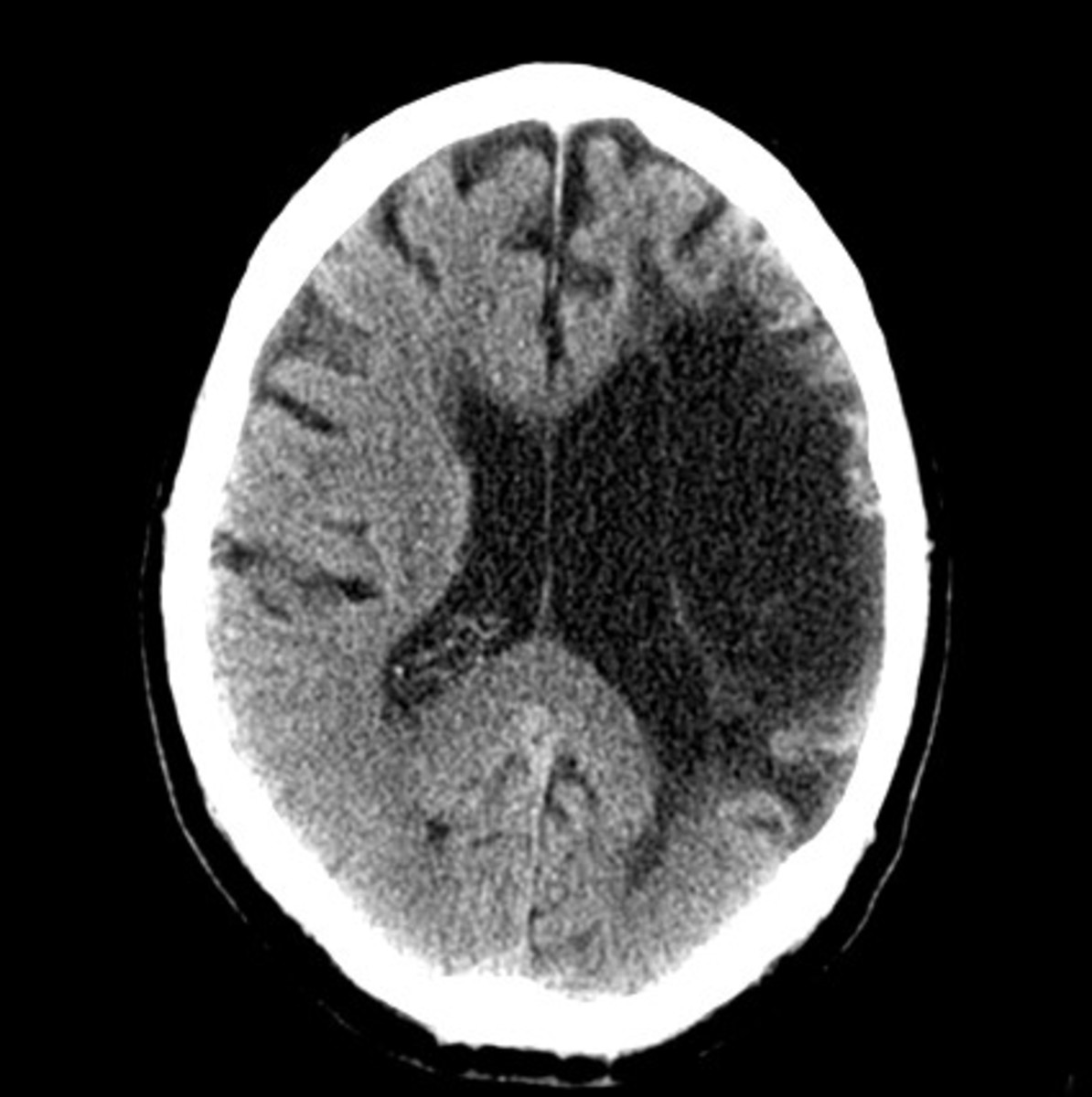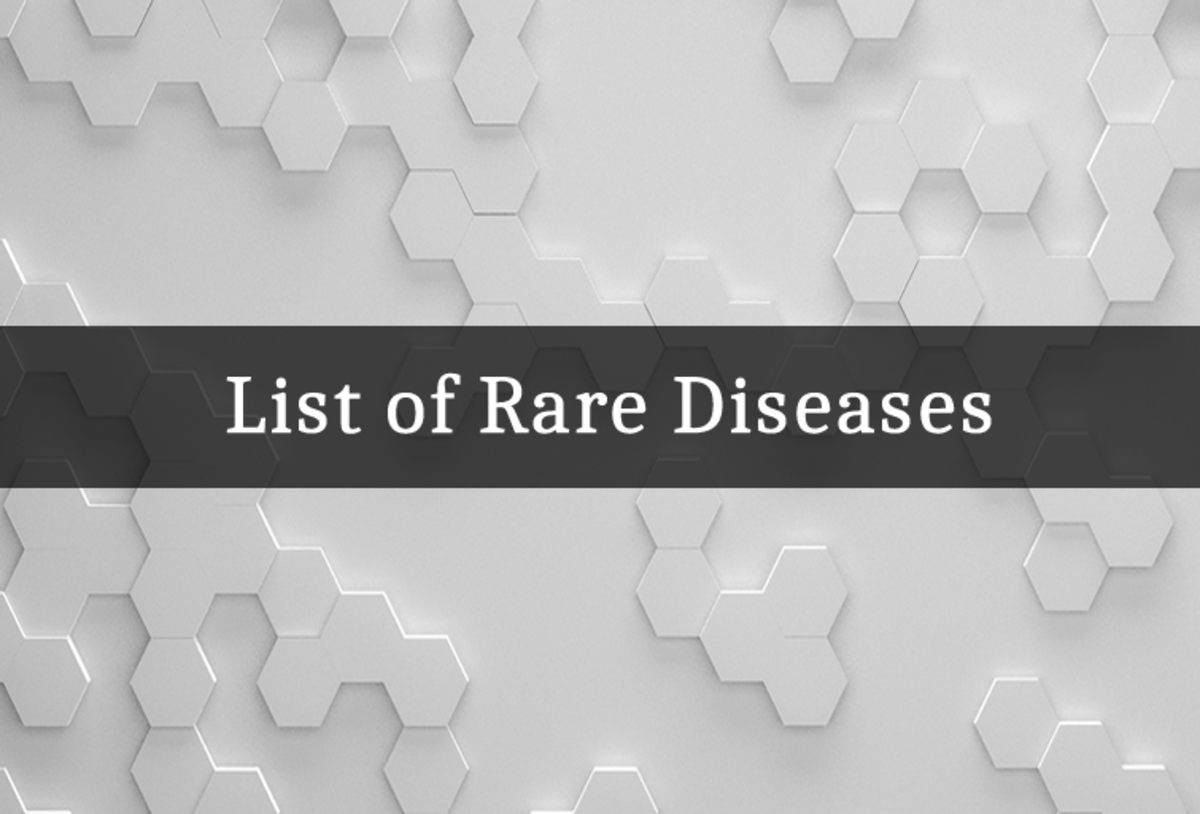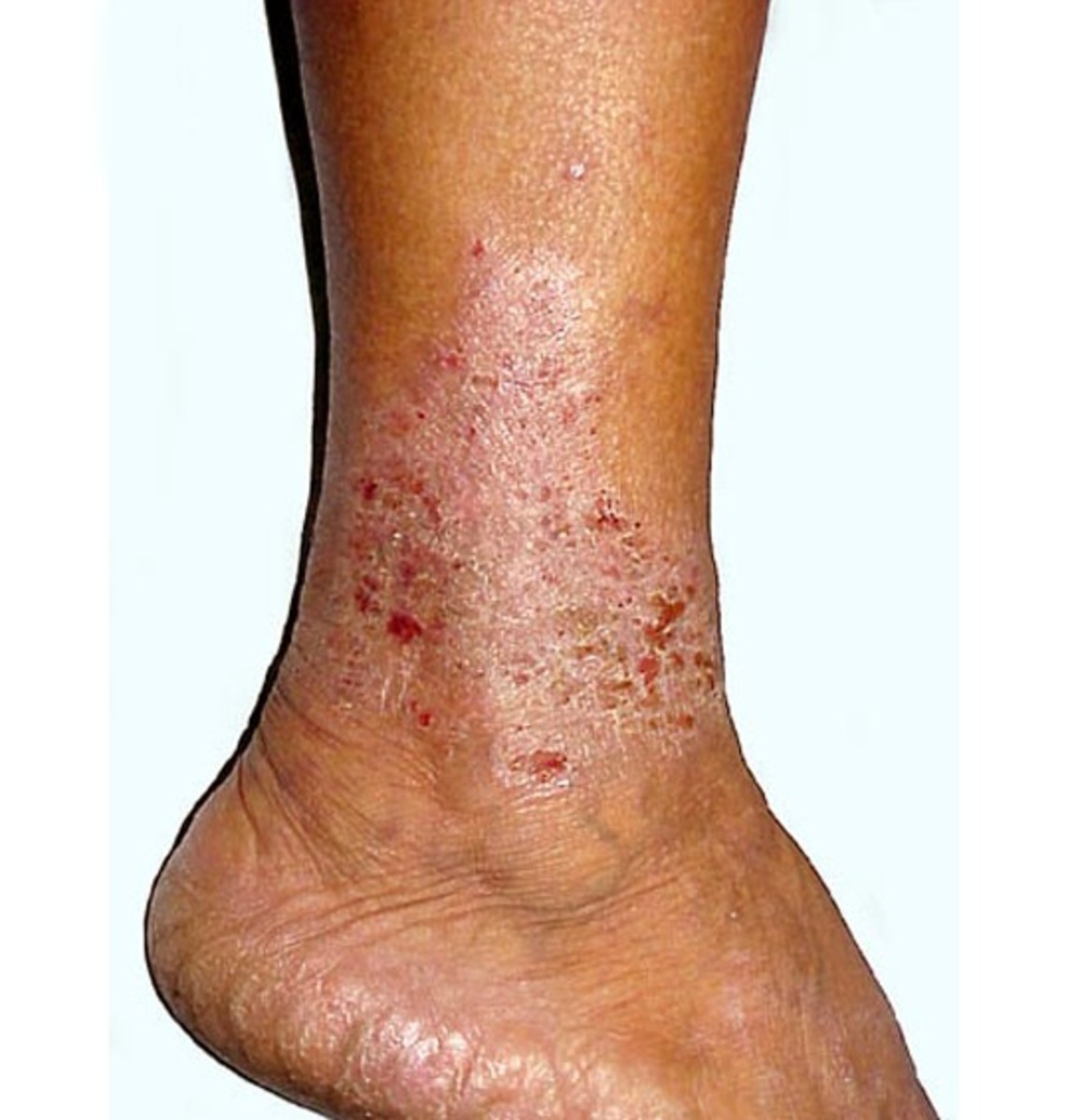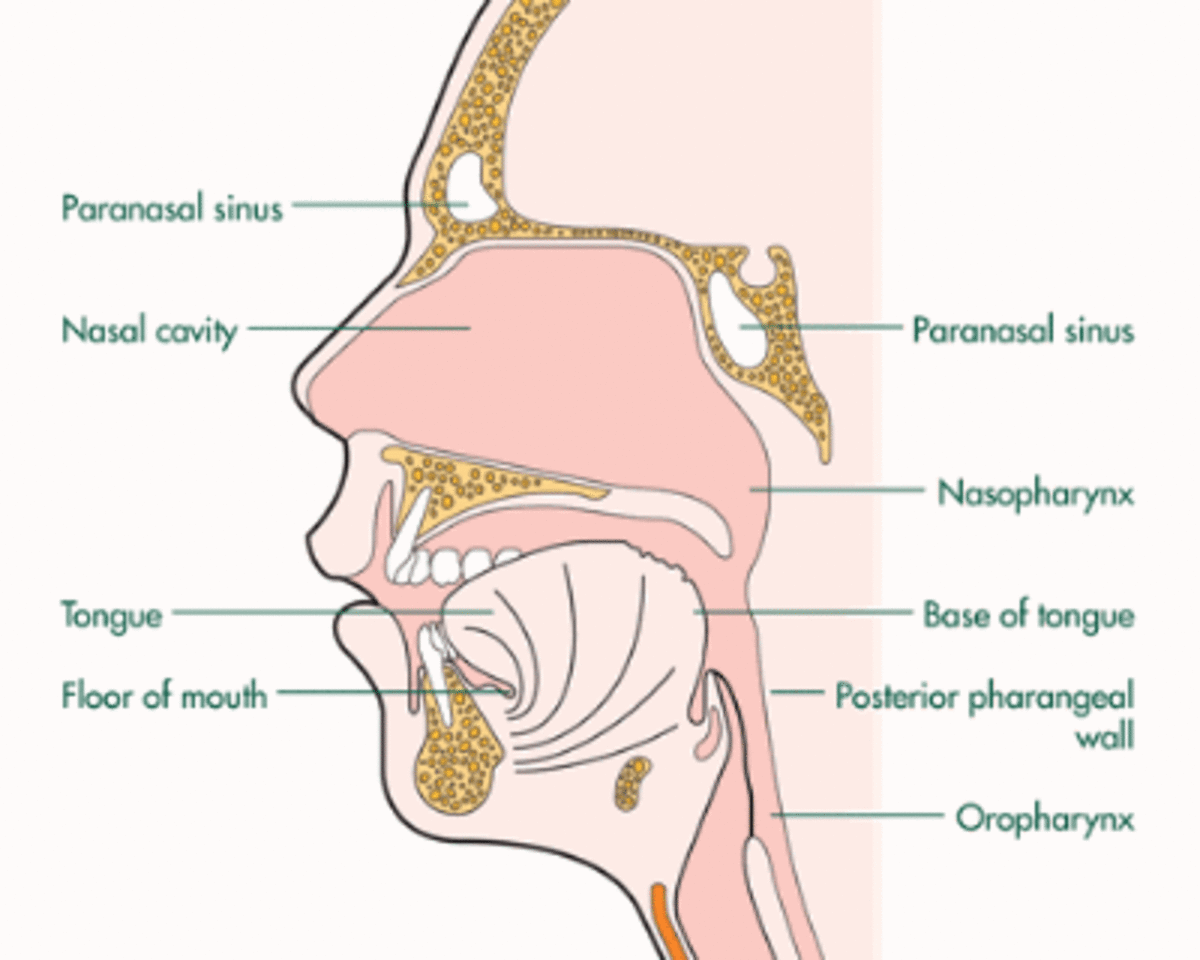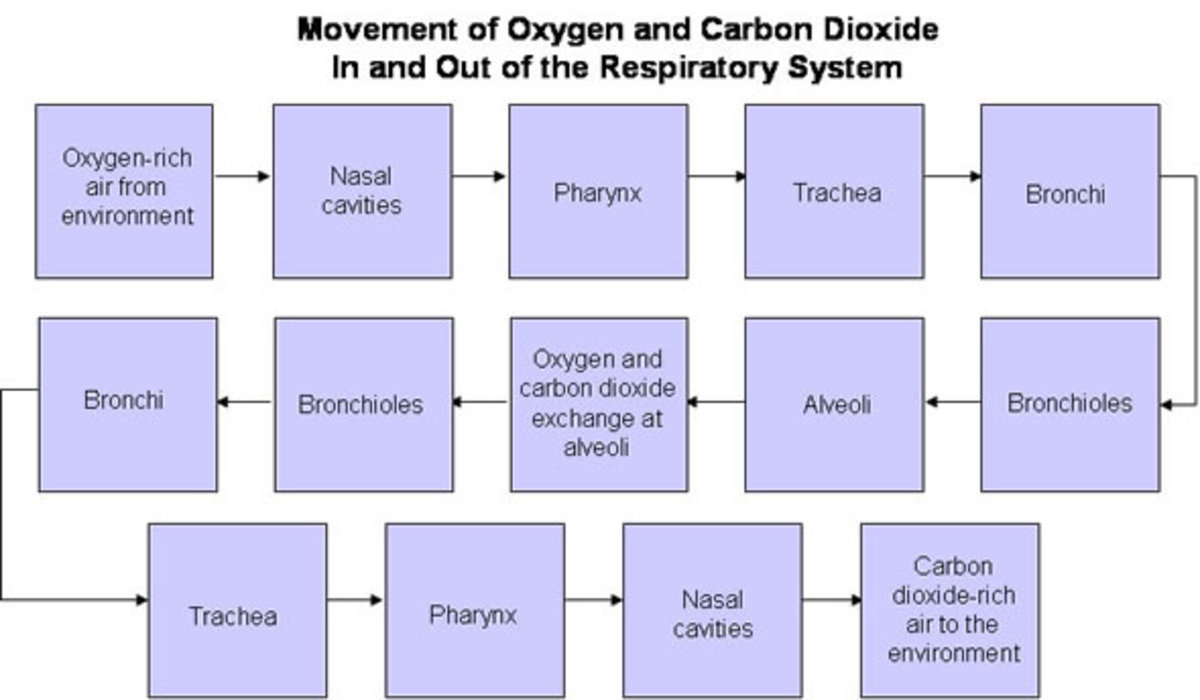Wilson Disease: Its Medical And Clinical Implications, Diagnosis, Presentations, Course, Prognosis And Treatment
The Kayser-Fleischer Ring In Wilson Disease
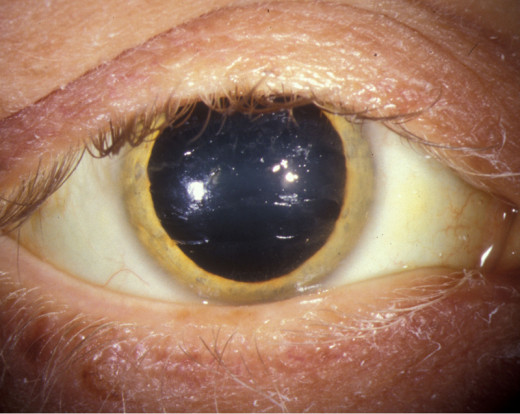
Wilson's Disease
It is an inborn error of metabolism of copper inherited as autosomal recessive. Normally, copper which is absorbed from the gut is initially bound loosely to albumin, but very soon it binds firmly with reculoplasmin, which is a globulin produced in the liver. In Wilson’s disease, absorption of copper is normal or increased, but the ceruloplasmin in the plasma is absent or considerably reduced. Therefore, the serum copper remains loosely bound to albumin and gets deposited in various organs such as the liver, brain, cornea, kidneys, heart and muscles.
This leads to the damage of parenchymal tissues. The most prominent lesions are cirrhosis of the liver and damage to basal ganglia and renal tubules. Cirrhosis of the liver is more common in children. Clinical features of hepatic cirrhosis are manifest in different combincations. Complications like hepatic failure or hematemesis may follow. In the brain, copper is deposited mainly in the basal ganglia, cerebellum and cerebral cortex. This manifests as involuntary movements, extrapyramidal features, dementia, cerebellar disturbances and convulsions. Renal tubular damage results in generalized amino aciduria. Phosphaturia occurs resulting in osteomalacia and renal rickets.
Deposition of copper in the Descemet’s membrane layer of the cornea appears as a brownish yellow ring (Kayser- Fleischer) which merges to the limbus without a clear intervening zone. This has to be distinguished from corneal arcus in which a clear zone of cornea intervenes between the ring and the limbus. Kayser-Fleischer ring is best studied by slitlamp examination. Level of copper bound to ceruloplasmin is low whereas the unbound copper may be increased. Total serum copper is usually low.
Serum ceruloplasmin is low (normal is 18 to 65 mg/dl). Serum copper is below (80ug/dl) and urinary copper excretion is high (more than 100 ug in 24 hours). Content of copper in liver is high, i.e. more than 250 ug/g of dry weight (normal 20- 45 ug/g).
Diagnosis
Wilson’s disease should be suspected when ayoung person below 40 years presents with signs of hepatic dysfunction and neurological disease involving the extrapyramidal and cerebellar systems. Involvement of either system may predominate. Presence of Kayser- Fleischer ring is diagnostic. Studies of serum copper, ceruloplasmin and liver biopsy for hepatic copper serve to establish the diagnosis.
Course and prognosis: The disease steadily progresses to end fatally in 5- 14 years. Hepatic failure, hematemesis, or neurological deterioration account for the majority of deaths.
More Advanced Presentations Of Wilson Disease

Diseases
Treatment
Treatment aims at reduction of the absorption of copper from the gut and increasing the elimination of excess copper that is stored in tissues. Elimination is increased by chelating agents like penicillamine (dimethyl cysteine-Distamine, Cuprimine). The dose is 250 mg four times daily given orally before food and at bedtime. It leads to urinary loss of copper. Adverse side effects include nephrotoxicity, agranulocytosis, arthralgia, lupus-like syndrome, lymphadenopathy, rashes and thrombocytopenia. These are seen on starting the therapy. Side effects may necessitate temporary withdrawal of the drug. Many toxic effects are dose-related. Interruption of therapy leads to relapse of symptoms and therefore treatment has to be life-long.
Potassium sulphide given orally is effective in inhibiting absorption of copper from foods. Therapy can be monitored clinically and by biochemical tests for free copper, in the serum, urinary copper and hepatic transaminases. Tri-ethylene tetramine (Trientine) dihydrochloride is another chelating agent given in a dose of 400- 800 mg orally thrice daily before food. It is not yet freely available.
Screening of relatives: Since asymptomatic siblings show abnormality of copper transport, they have to be investigated with estimation of serum ceruloplasmin and hepatic copper. Early treatment helps in preventing the development of organ damage
© 2014 Funom Theophilus Makama


